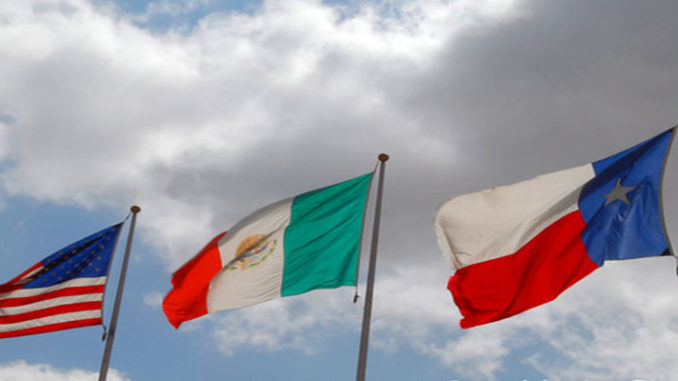
by Rohan Naik
According to the Texas Education Code, fourth- and seventh-graders in the state must spend the year studying Texas history. The curriculum spans widely, covering the period of early statehood, the age of oil and the struggles of Texans during the Great Depression. It weaves a story of resilience, heroism and grit, and it gives students a history to be proud of.
What this history glosses over, though, is that of Mexican Americans. Sure, it’s mentioned that Texas gained independence from Mexico, but the history of Mexican Americans in Texas since the state’s incorporation into the United States is largely dismissed. In so doing, the curriculum relegates Mexican American history to the fringes.
But actually, the Mexican American population in the state has always been sizable. Some estimates approximate the Mexican-descent population in Texas may have reached 700,000 by 1930, and the number has only grown since then.
It’s easy to celebrate tacos and tequila; it’s harder to address a challenging history of discrimination and violence. But teaching kids that Mexican Americans have long been part of the American project is of paramount importance. Today Latinos make up more than half of the students in Texas public schools, but it’s about more than just fairness: Without Mexican American history, it’s impossible for any student to fully understand Texas history and the current immigration debate.
The current state history curriculum makes few mentions of Mexicans after Texas independence. This erasure gives the impression either that there were few Mexicans in the state or that they were seamlessly enveloped into the nation. Neither is correct.
In fact, a wave of white immigration to Texas at the turn of the nineteenth century ushered in a new racial order. The view that Mexican Americans were racially inferior took hold and had drastic implications. Mexican Americans were excluded from whites-only public places, including theaters, parks, swimming pools and even schools. Restaurants in Dallas hung signs that read “No dogs, negroes, Mexicans.” The state systematically disenfranchised citizens of Mexican descent, and until 1954, it even retained the right to prevent Mexican Americans from serving on juries.
These policies cultivated and advanced the notion that Mexicans posed a racial threat to the United States, which in turn led to state-sanctioned violence. Specifically, the racial trope of the Mexican as a bandit precipitated a culture in which any Mexican could be targeted in response to a perceived action by one. Texas Congressman Claude Benton Hudspeth even once remarked, “You have got to kill those Mexicans when you find them, or they will kill you.” Scholars estimate that between 1848 and 1928, mobs lynched more than 200 ethnic Mexicans in Texas.
The violence did not only manifest through solitary murders, however. On the night of Jan. 28, 1918, in response to a series of cattle raids, Texas rangers descended upon the town of Porvenir in southwest Texas. They roused 15 Mexican men and boys from bed, marched them out of their homes, and executed them, despite having no evidence of their involvement in any crime.
This period is imperative to study because it allows students to understand that minority communities aren’t new, and that efforts to police identity and belonging are endemic in American history. The study of past injustice also creates space to have conversations about how society can move forward. Learning this history at an early age equips students for challenging conversations, and helps them avoid feeling immobilized by the weight of the past or needlessly guilty for the actions of their forebears.
Furthermore, Mexican American studies amplifies multiple perspectives, which are important for understanding a country as diverse as ours. It teaches that history often involves contested claims and that dominant narratives are not the only narratives.
Some critics of the study of Mexican American history claim that it needlessly emphasizes differences amongst Americans. One former member of the Texas state school board said, “I don’t subscribe to hyphenated Americanism. I find hyphenated Americanism to be divisive.” The natural implication is the dangerous view that some history should be censored.
Perhaps above all, the incorporation of Mexican American history into Texas history is crucial because it reminds us of the dangers of hate. In today’s hotly contested debate over immigration, the history of Mexican Americans in Texas reminds us that racist political rhetoric has dire consequences–ones that our country has seen before.
Rohan Naik is a freelance reporter and native Houstonian.
